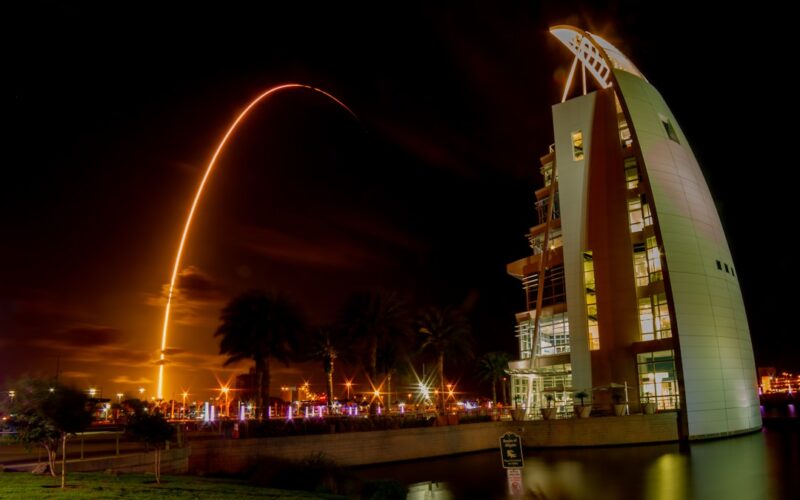The night skies over Florida lit up on August 21 as a SpaceX Falcon 9 rocket blasted off from Cape Canaveral, carrying the U.S. military’s secretive X-37B mini-shuttle into orbit for its eighth mission. The uncrewed spacecraft, about nine meters long with a wingspan of nearly 4.5 meters, is built by Boeing and operated by the U.S. Space Force. Unlike conventional satellites, the X-37B is designed to be reusable and fully autonomous, able to reenter Earth’s atmosphere and land on its own—a technological leap reminiscent of the now-retired space shuttles, but shrunk down to “mini-bus” size.
This latest X-37B mission has a strong focus on testing next-generation space technologies. According to official sources, the spaceplane will conduct experiments on high-bandwidth inter-satellite laser communications and will trial enhanced navigation using what’s described as the U.S.’s highest performing quantum inertial sensor—potentially offering navigation capabilities independent of GPS signals. As with previous missions, many details remain classified due to military sensitivity.
Expanding Resilient Space Capabilities
The X-37B’s return to orbit comes at a time when militaries worldwide are ramping up investments in space-based communication and navigation systems amid growing security concerns. The program itself has been running since 2010—originally developed for the Air Force by United Launch Alliance (a Boeing–Lockheed Martin partnership)—and has already notched up an impressive 4,208 days in operation over multiple flights. The last mission saw the mini-shuttle circle Earth for just over a year before executing a fuel-saving “aerobraking” maneuver—using atmospheric drag to change orbits—before returning safely in March.
Each launch underscores not only SpaceX’s growing reliability as a launch partner but also highlights how government agencies are increasingly leaning on private companies for access to orbit. The current flight continues that trend, reflecting the evolving synergy between public and private sectors as space grows ever more strategic.
Military Tech With Civilian Potential
While the Space Force is tight-lipped about much of what happens aboard the X-37B, experts say some of these innovations could eventually trickle down to civilian technologies—think faster satellite internet or more robust navigation systems immune to GPS jamming. For now though, the X-37B remains among the most intriguing assets in America’s orbital toolkit: secretive, versatile, and always pushing at the boundaries of what’s possible beyond our atmosphere.










